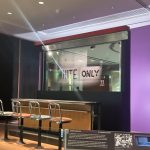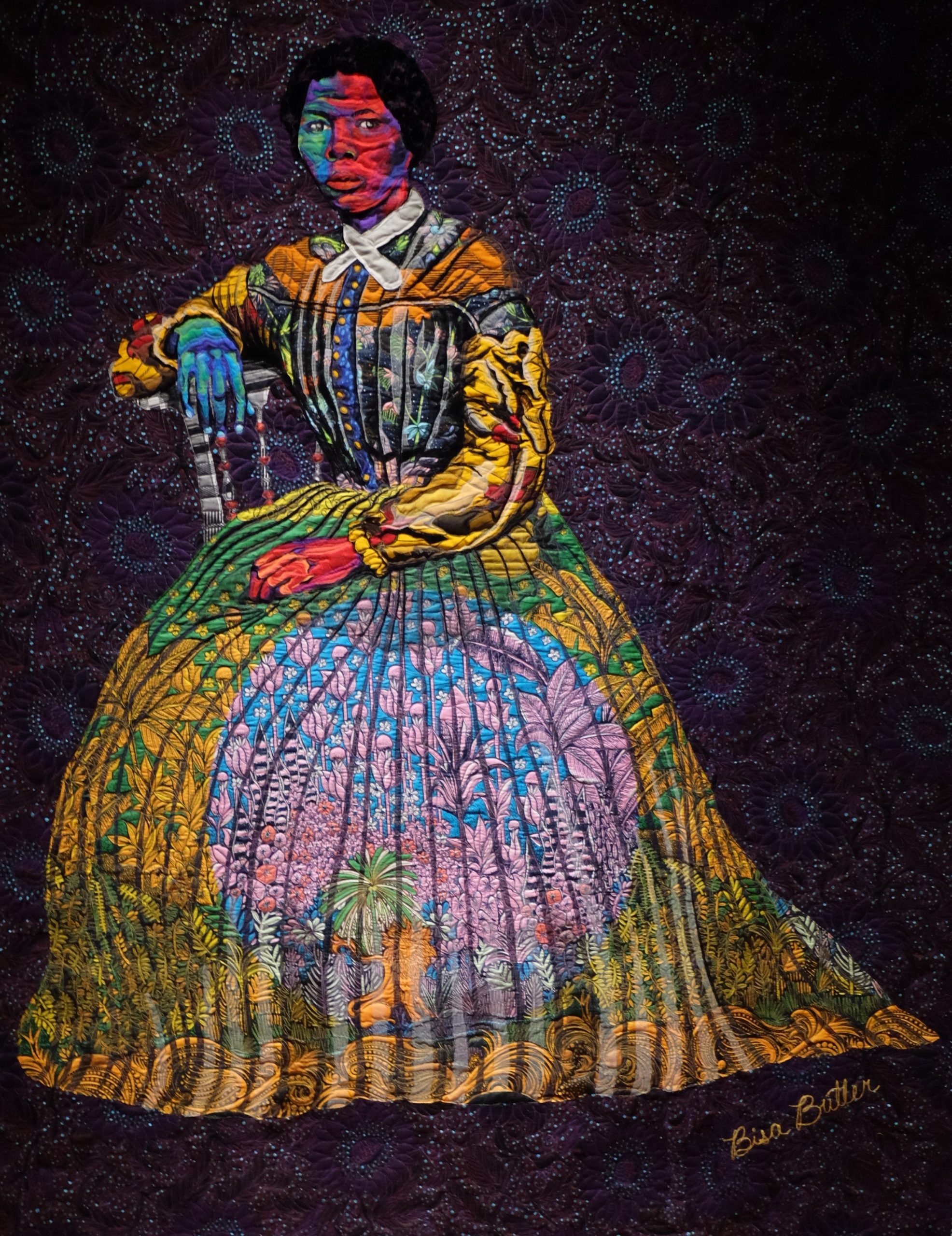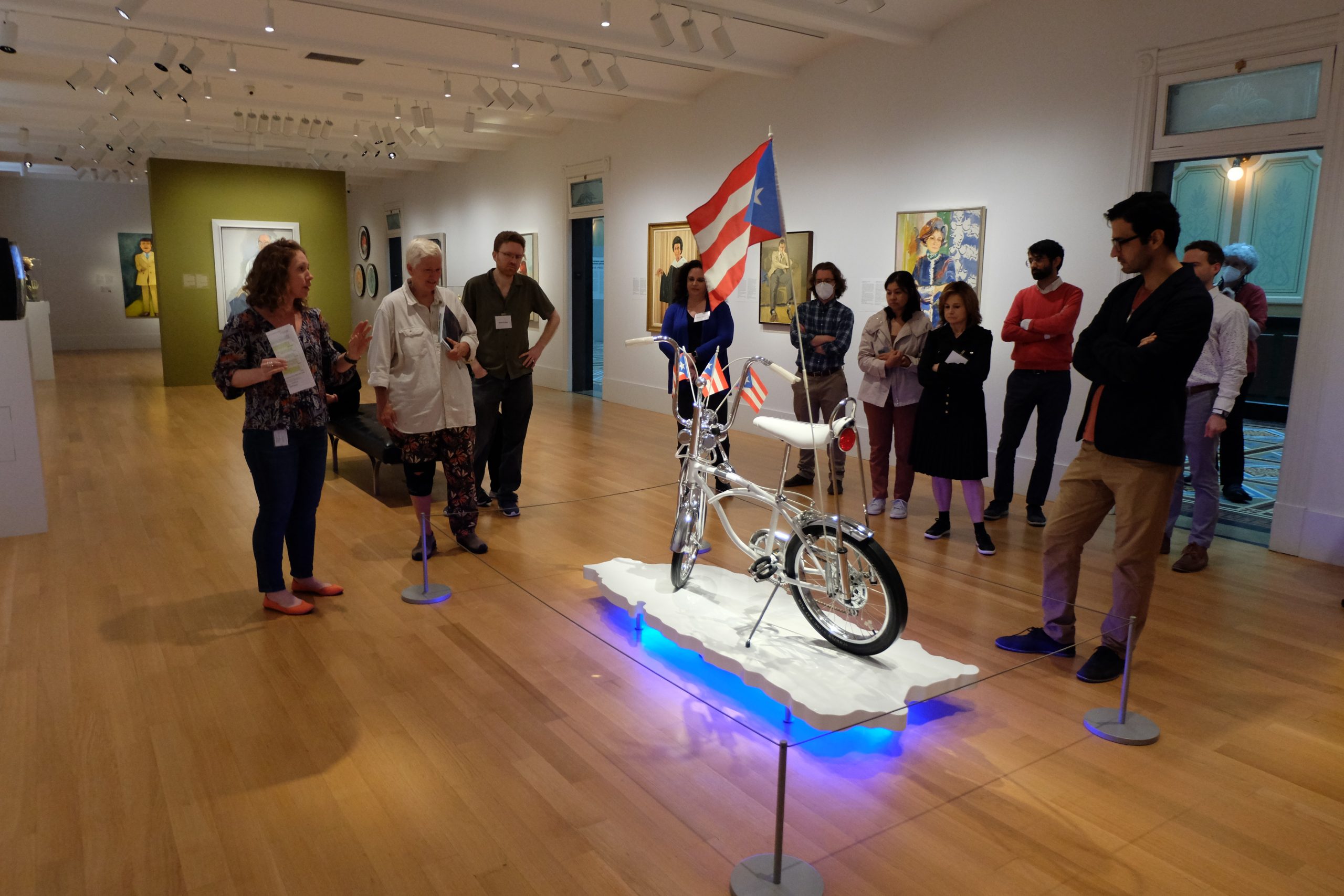When I last visited the National Museum of African American History and Culture, I started…
by Professor Lizz Fillion, Psychology
In a journey to better understand the intricacies of historical and contemporary inequality in America, my General Psychology students and I embarked on a journey through the Smithsonian Museum of American History.

The Greensboro Lunch Counter, a historic symbol of the 1960’s civil rights movement where four African American college students staged sit-ins to protest racial segregation, served as our meeting place. Though the students had learned about this protest abstractly, standing in front of the authentic lunch counter was a visceral experience that bridged the gap between the historical narrative and the present.
We then navigated to the “Many Voices, One Nation” exhibit, a collection that offers an exploration of the diverse narratives and historical perspectives that have shaped the United States, from its origins to the present day. Here, students were encouraged to select and discuss one object that stood out to them with respect to its connection to inequality in the US.
At a towering 12 feet tall, the statute of a brown-skinned woman holding a basket of tomatoes in the pose of the Statue of Liberty grabbed many students’ attention. In 2000, this papier-mâché Immokalee Statue of Liberty was carried during the two-week, 230-mile March for Dignity, Dialogue, and a Fair wage by the Coalition of Immokalee Workers in a protest for better conditions for agricultural workers, offering students a contemporary lens on the struggle for justice.
Modern symbols like the Immokalee statue served as a reminder of the ongoing battle against inequality. This museum experience not only enriched our understanding of America’s intricate history but also illuminated the continued need for and pursuit of a more equitable society.
In the words of one student:
“Exploring the Smithsonian Museum was eye-opening. Each object had a unique story, teaching me about diverse histories. This experience inspired me to visit more museums, broadening my understanding of our rich history and cultures. The following week, I visited the Penn Museum and the Mutter Museum.”





This Post Has 0 Comments